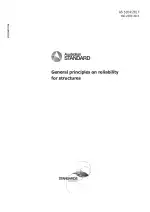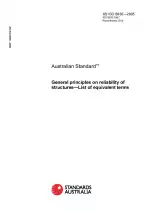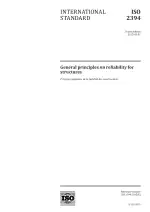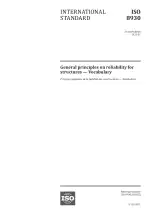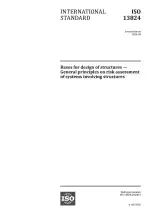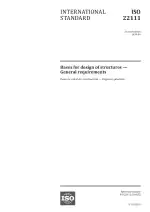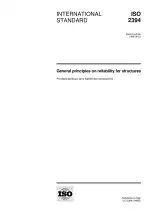General Principles on Reliability for Structures
Also Known As:
The AS 5104:2017 standard serves as a foundation for decision-making regarding the design and assessment of structures. It is applicable to a wide range of buildings, infrastructure, and civil engineering works, regardless of their application, use, or materials used. However, special cases with potentially extreme consequences of failure may require specific adaptations and detailing.
This standard is intended to provide a basis for committees responsible for developing international or national standards and codes of practice. It outlines how risk and reliability principles can be used to support decisions throughout the service life of structures and systems involving structures. It offers three levels of approach: risk-informed, reliability-based, and semi-probabilistic.
The general principles in this standard apply to the design of complete structures, as well as their elements, joints, and foundations. They also encompass various stages of construction, such as element handling and erection, as well as the use, maintenance, rehabilitation, and decommissioning of structures. Risk and reliability are central concepts encompassing actions, structural response, durability, life-cycle performance, consequences, design rules, workmanship, quality control procedures, and national requirements.
It is important to note that applying this standard requires additional knowledge beyond what is provided in the standard itself. It is the responsibility of the user to ensure that this knowledge is available and applied effectively.

